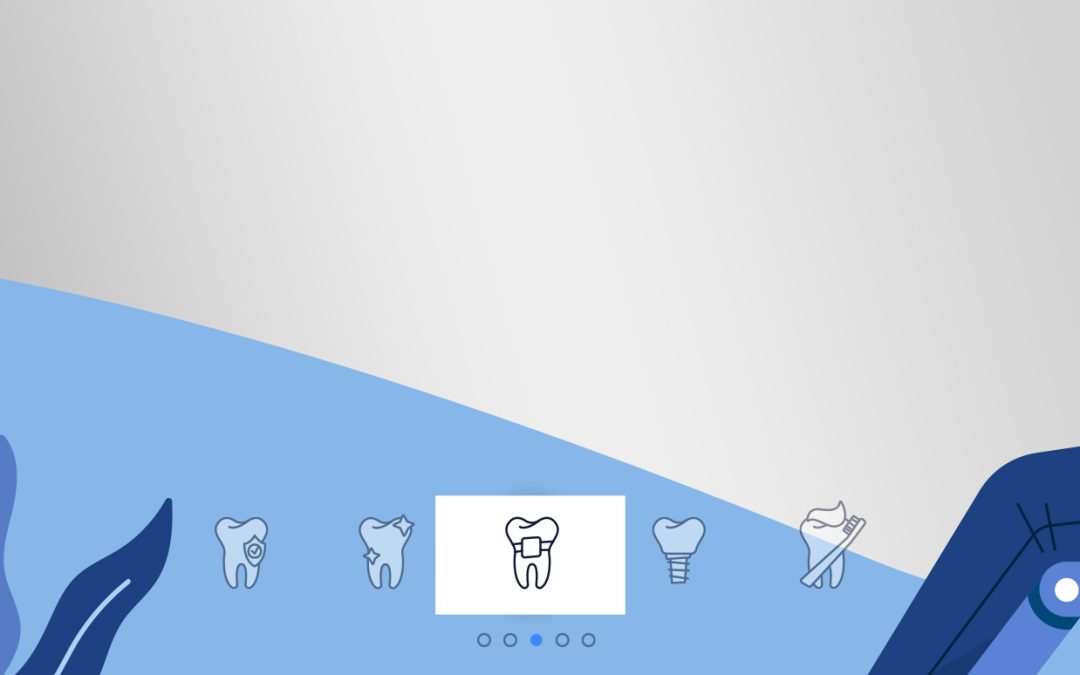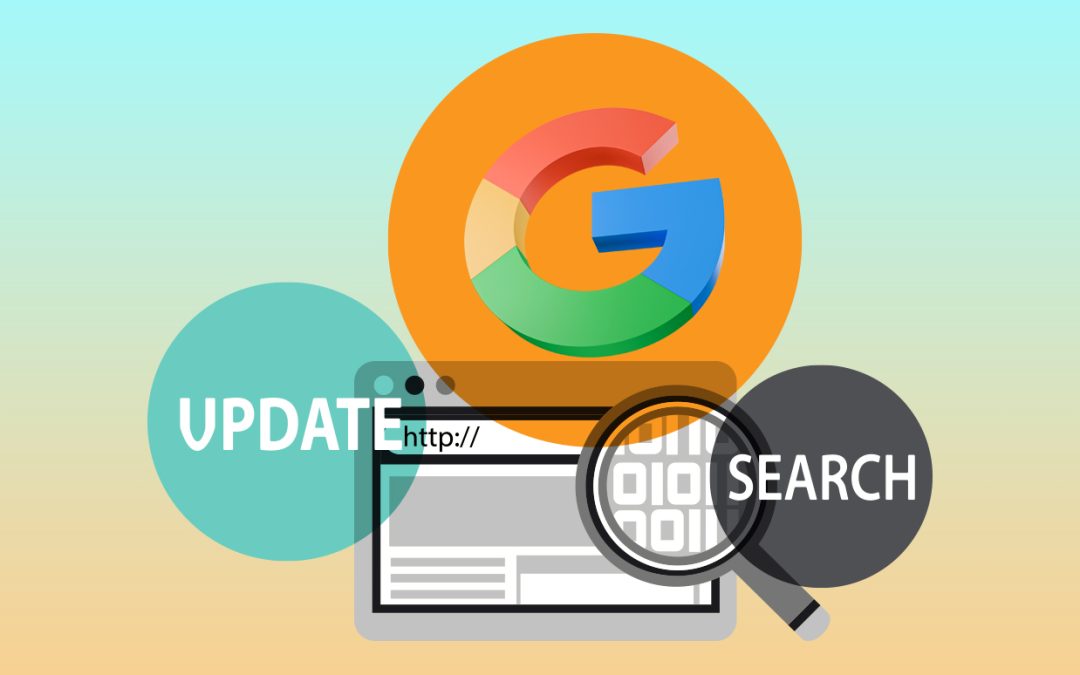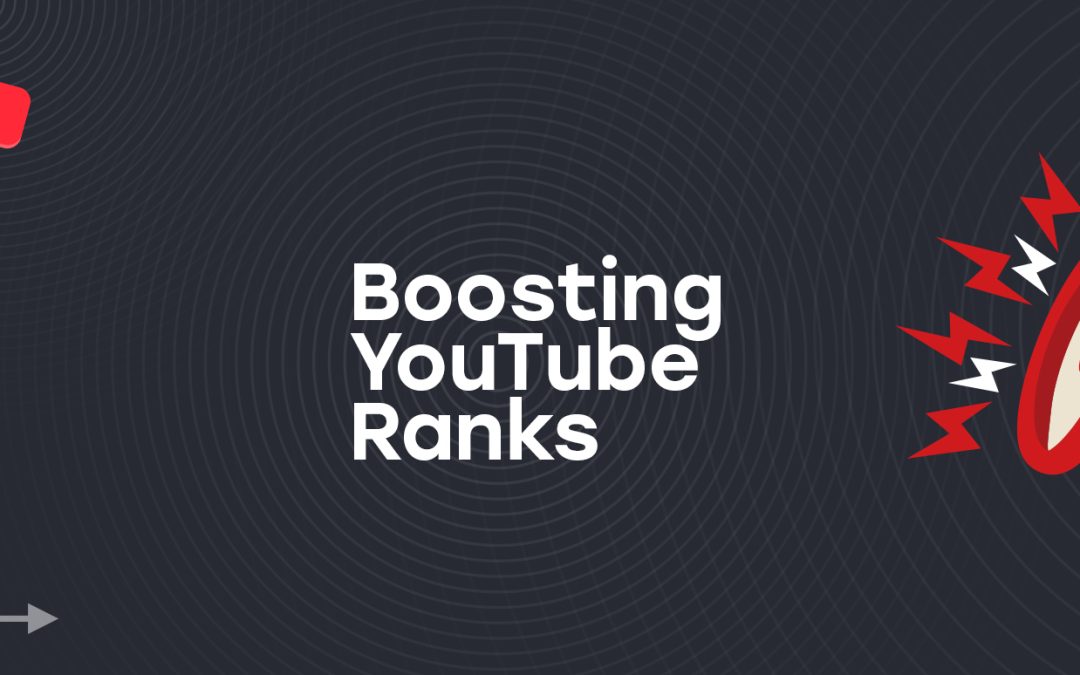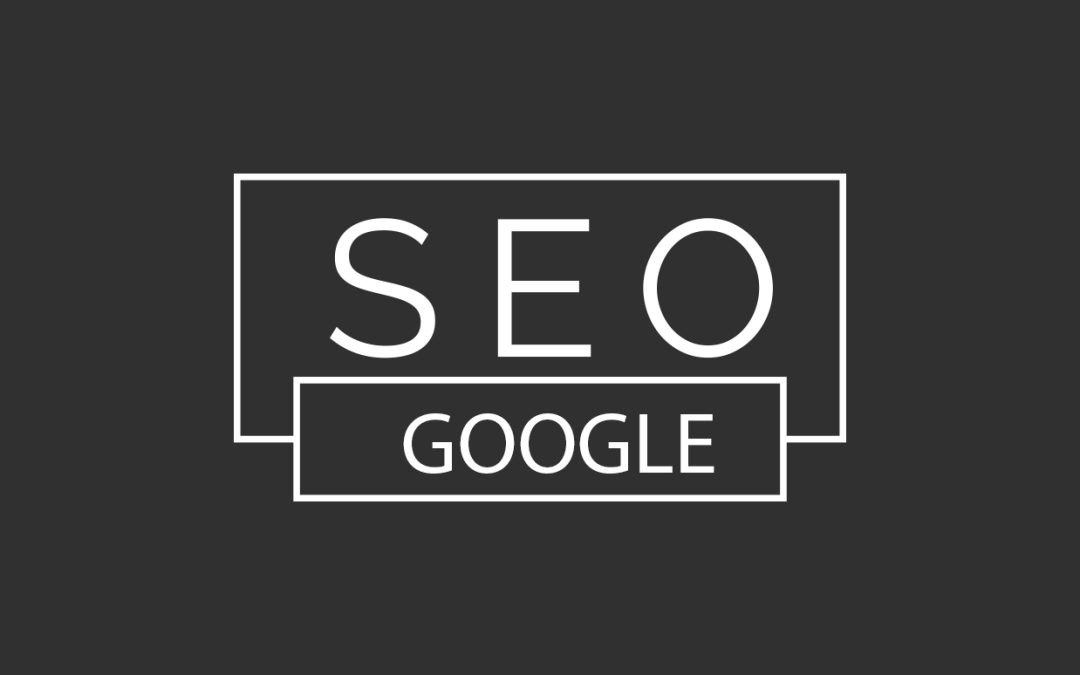When webmasters implement SEO strategies to optimize their websites, many focus primarily on adding new content to boost visibility and rankings. While publishing fresh content is indeed a key ranking factor, maintaining existing site material often becomes an afterthought. However, website owners should think of their sites as virtual gardens—spaces that need to be cultivated, nurtured, and...










